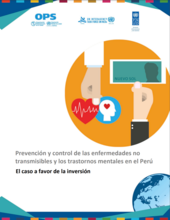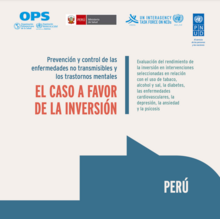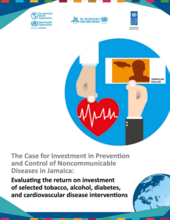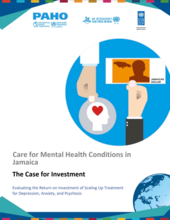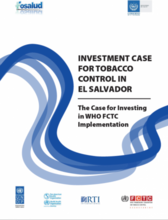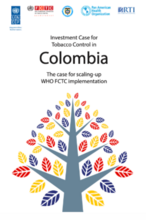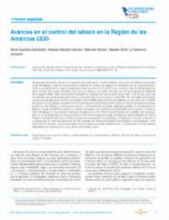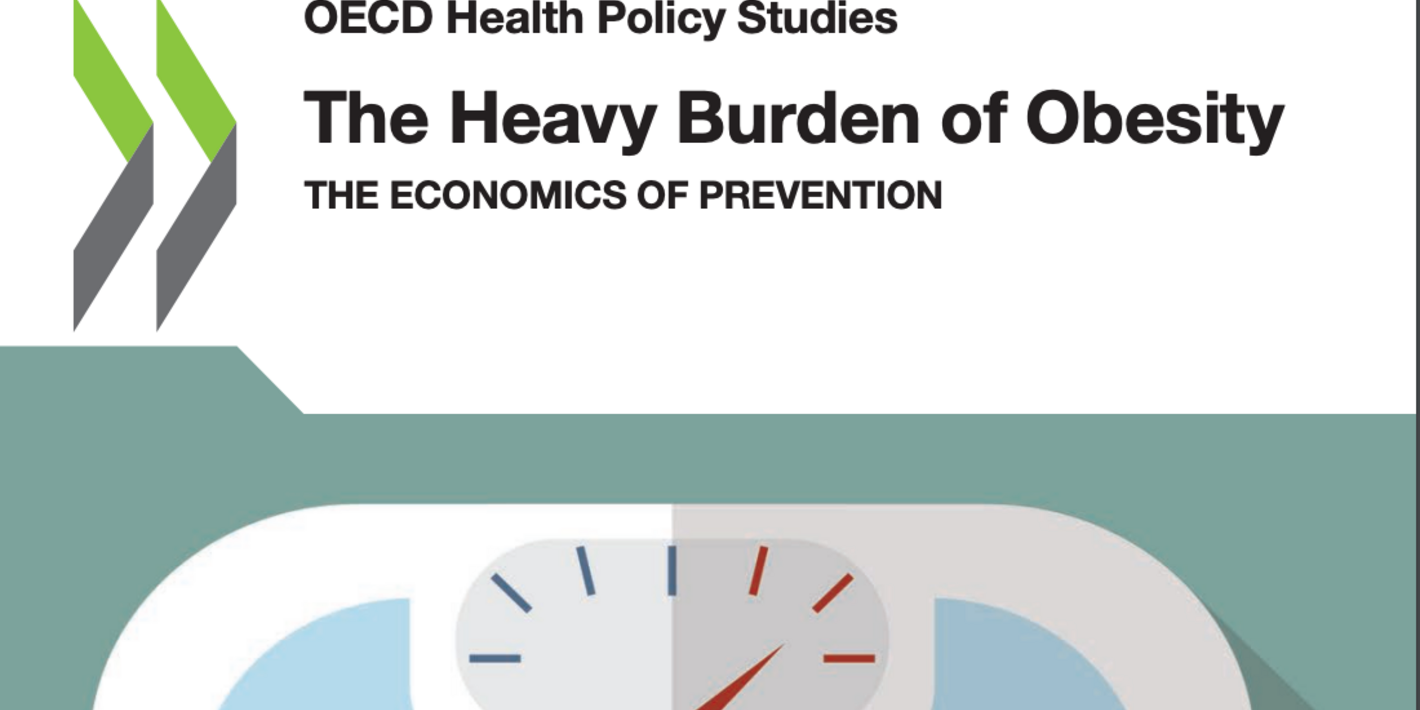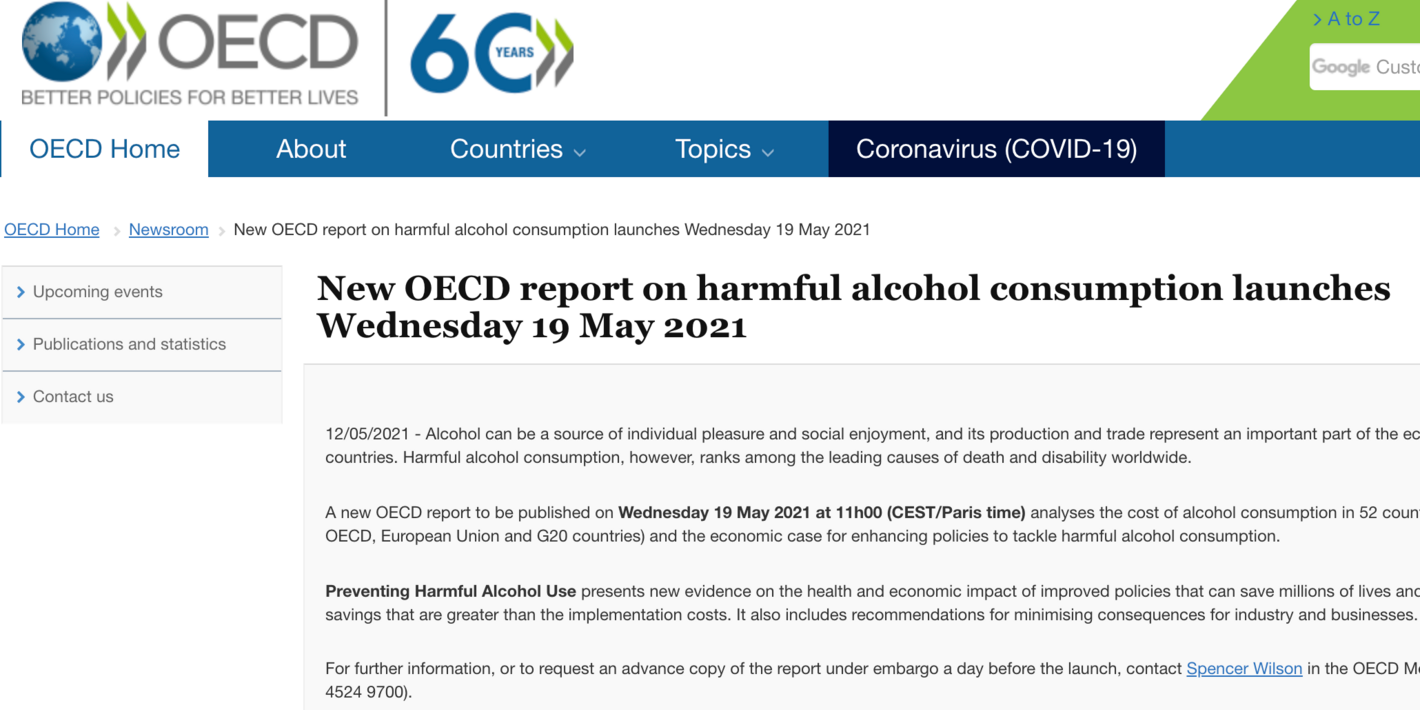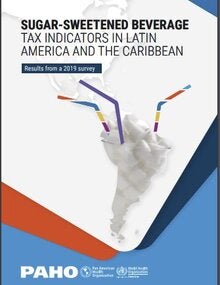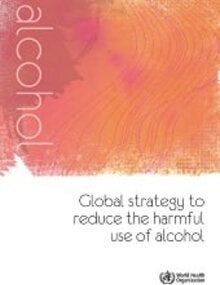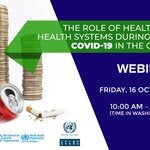Non-communicable diseases (NCDs) – the main four being cardiovascular diseases, cancers, chronic respiratory diseases, and diabetes – are the leading cause of morbidity and mortality world-wide. They not only place a significant burden on population health, but also on economic and social development. Indeed, NCDs lead to high treatment costs, imposing a direct economic burden on health systems, households, and society as a whole. NCDs also impose an indirect economic burden through significant productivity losses via premature mortality, early labor force exits, absenteeism, and work at lowered capacity.
Multisectoral action is vital to tackle NCDs. Evidence has consistently demonstrated that the health sector cannot tackle the NCD epidemic alone. Cooperation and strategic action with relevant sectors such as finance, trade, agriculture, transportation, foreign affairs, and education, which all play a role particularly in addressing NCD risk factors, allow for a strengthened response. Unless urgently and adequately addressed, the health and economic burden of NCDs will continue to rise.
- Non Communicable Diseases (NCDs) are the number one cause of death and disability in the world. Many NCDs can be prevented by reducing common risk factors such as tobacco use, harmful alcohol use, physical inactivity and unhealthy diets.
- NCDs can cause increased demand for health services, high costs of treatment and lead to pressure for increased public health spending at the opportunity cost of economy-wide physical capital, as the public sector’s ability to invest in other productive purposes is reduced. They also lead to productivity losses via premature mortality, early labor force exits, absenteeism, and work at lowered capacity, representing a major threat to socio-economic development.
- NCDs impose substantial financial costs on the individuals and households that seek care. There is increased risk of catastrophic out-of-pocket health expenditure for households with NCDs relative to those without. They also lead to loss of household income and increased financial risk, deepening poverty and inequality.
- The 2030 Agenda for Sustainable Development recognizes NCDs as a major challenge for sustainable development. Specifically, target 3.4 of the Sustainable Development Goals calls for a one-third reduction in premature mortality from noncommunicable diseases by 2030 through the prevention and treatment of these diseases and the promotion of mental health and well-being. The economic burden of NCDs threatens the achievement of other SDGs, particularly reducing poverty, inequalities, and hunger, as well as access to quality education and gender equality.
- Noncommunicable diseases (NCDs) are the leading causes of death and disease burden in the Region of the Americas. NCDs account for 5.9 million deaths, equivalent to 64.5% of total deaths in the Region. They also account for the loss of 121 million years of life due to premature death (under the age of 70).
- The burden of disability is driven predominantly by NCDs. Tobacco use, physical inactivity, the harmful use of alcohol and unhealthy diets all increase the risk of dying from an NCD.
- Over the period 2011-2030, NCDs will cost the global economy more than US$ 30 trillion, representing 48% of global GDP in 2010, and pushing millions of people below the poverty line. Mental health conditions alone will account for the loss of an additional US$ 16.1 trillion over this time span, with dramatic impact on productivity and quality of life. (World Economic Forum and Harvard, 2011).
- Tobacco kills around 8 million people every year, including 1 million in the Region of the Americas. The direct treatment costs from smoking attributable diseases are estimated to represent 5.7% of global health expenditure, and the associated total economic cost – from the health expenditures and productivity losses – are estimated to represent 1.8% of the world’s annual global GDP, and 2.4% of the Americas´s GDP, in 2012 (Goodchild et al., 2018).
- In the Region of the Americas, 67.5% of adults are overweight or obese, the highest prevalence of all WHO Regions (Overweight and obesity prevalence, PAHO, 2024). A recent OECD report found that overweight and related diseases will reduce life expectancy by 2.7 years and account for over 8% of total health expenditure in OECD countries. At a macroeconomic level, GDP in OECD countries will be 3.3% lower due to overweight. (OECD 2019).
- Alcohol is responsible for 5.5% of all deaths in the Americas and 6.7% of all disability-adjusted life years. 54% of the region’s population are current drinkers. A recent OECD report concluded that alcohol consumption above one drink per day for women and 1.5 drinks per day for men and its related diseases reduce life expectancy by 0.9 years and the diseases it causes account for 2.4% of total health expenditure in OECD countries. At a macroeconomic level, GDP in OECD countries is 1.6% lower due to diseases caused by harmful alcohol use (OECD, 2021).
- Globally, 4.1 million annual deaths have been attributed to excess salt/sodium intake, and 3.9 million deaths have been attributed to inadequate fruit and vegetable consumption. In the Region of the Americas, 62.5% of adults are overweight or obese, the highest prevalence of all WHO Regions. A recent OECD report found that overweight and related diseases will reduce life expectancy by 2.7 years and account for over 8% of total health expenditure in OECD countries. At a macroeconomic level, GDP in OECD countries will be 3.3% lower due to overweight. (OECD 2019), (Global Burden of Disease Collaborative Network, 2018).
- Globally, 1 in 4 adults do not meet the WHO recommended levels of physical activity,. Up to 5 million deaths a year could be averted if the global population was more active.
- Cost-effective solutions exist for the prevention and control of NCDs. The WHO Global Action Plan for the Prevention and Control of NCDs 2013-2020 recommends a menu of 90 interventions, including 28 “best-buys” – most cost-effective interventions and feasible to implement. Every $1 invested in the WHO Best Buys in low- and lower-middle-income countries will yield a return of at least $7 by 2030.
- Underlying NCDs and associated risk factors (tobacco use, harmful use of alcohol, unhealthy diets, and physical inactivity) are closely linked to severe cases of COVID-19, and even death.
The Economics of NCDs team at PAHO provides leadership, support and technical assistance to health authorities in bringing economic reasoning and evidence into their dialogue with other sectors. This serves to build bridges between public health and non-health sectors to advance all-of-government action on NCD prevention.
The team also generate and provide evidence on the economic impact of NCDs and the return on investment of WHO recommended interventions to prevent and treat NCDs and mental disorders.


